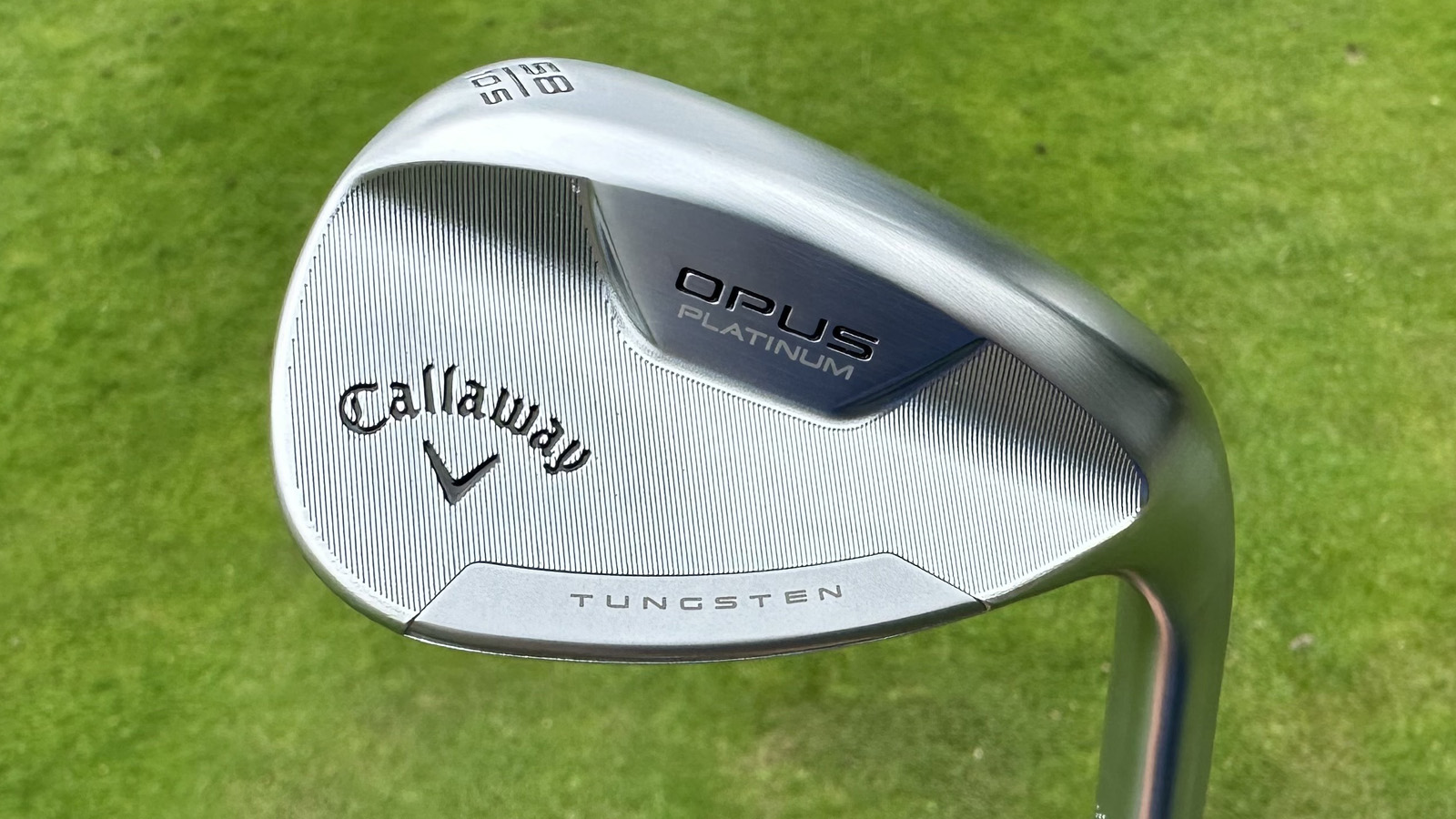
There are a few things I look for when it comes to a new wedge, does it look good at address, does it perform well from different lies and are there different bounce and grind options to suit my game. In this review, I take the new Callaway Opus Platinum wedge out onto the golf course and put it through its paces to see if it should be a contender for your bag if you’re in the market for new wedges this season.
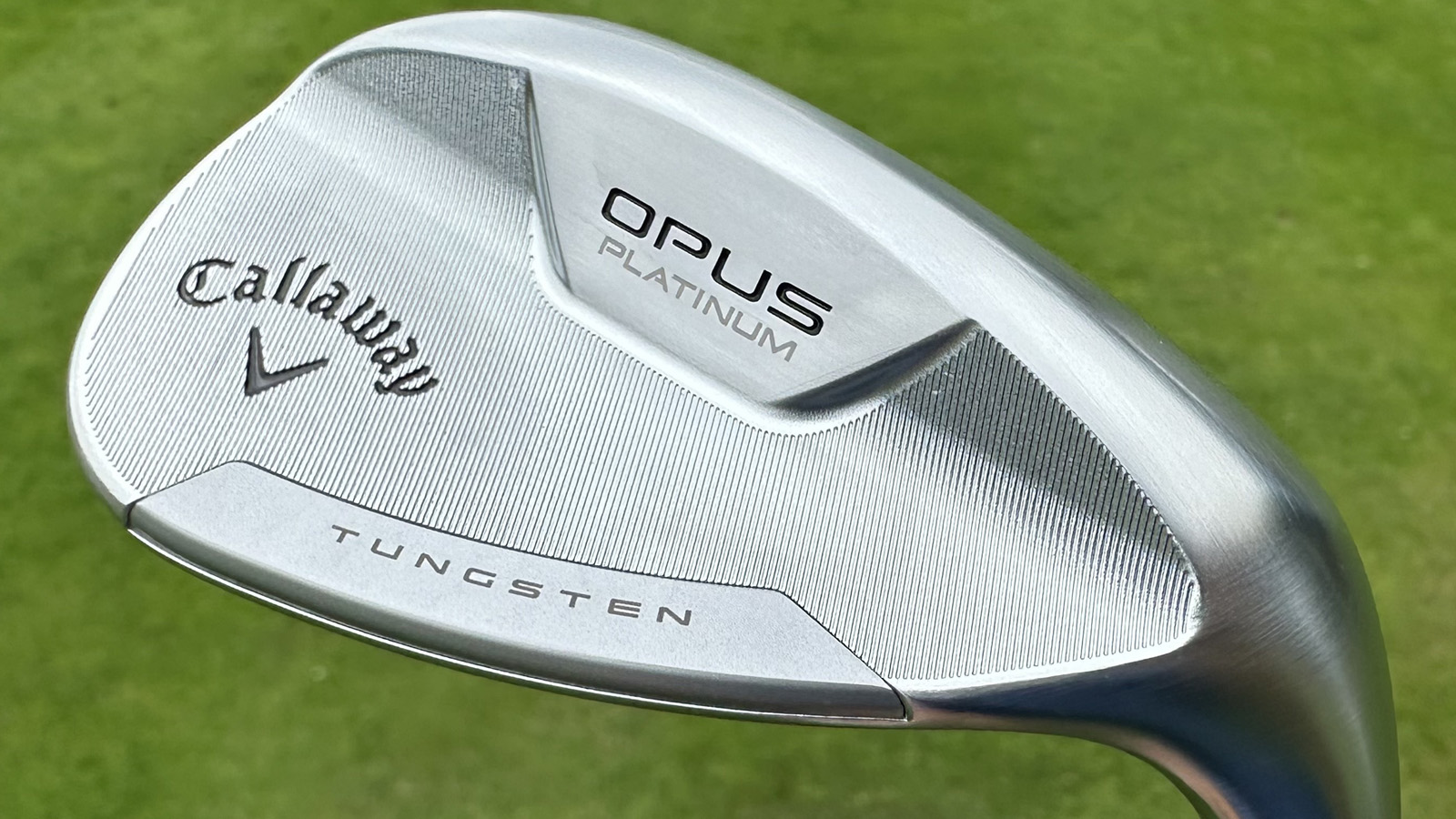
Starting with the looks. Every golfer wants clubs that not only perform well but look good both in the bag and behind the ball. The more you like the look of the club, the more confidence in it you will have - something that with short-game is particularly important. The name Opus Platinum suggests this is a little more premium than the regular Opus wedge and that is certainly the case. The Opus Platinum wedges look nothing short of spectacular, with a CNC milled back and available in both chrome and a PVD blue finish, these wedges straight away rival the looks of any of the best wedges on the market.
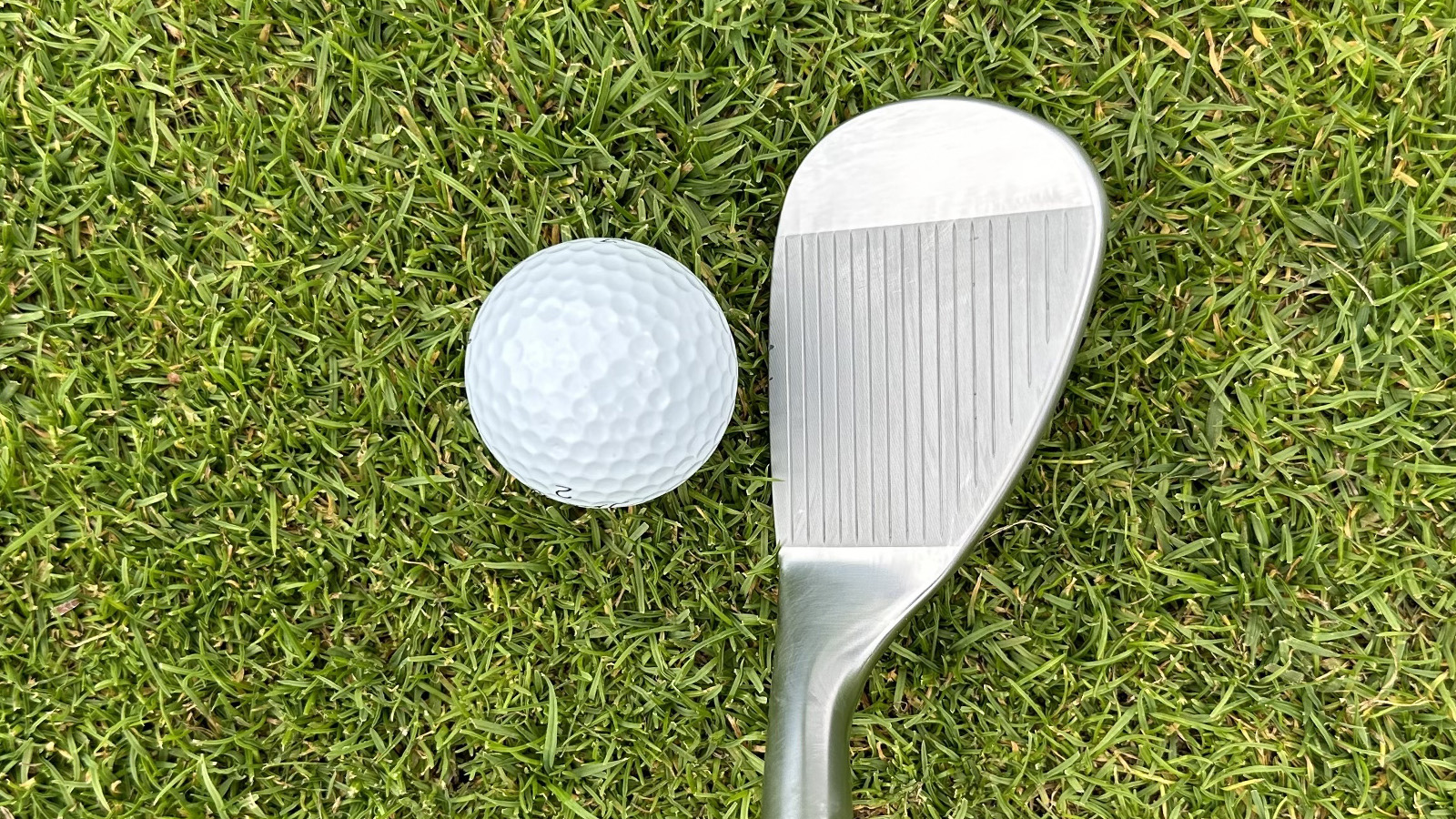
The Callaway Opus Platinum and standard Opus wedges both were shaped on tour-player feedback and so both boast a compact looking head with high toe peak and a slightly rounded leading edge, something that I feel will please the better golfer looking to be creative around the greens.
Ultimately, the construction and performance of the Opus Platinum are what make it stand out compared to the standard Opus wedges. The Opus Platinum wedges are designed through MiM (metal injection moulding) a process by which a proprietary blend of metals are used to create a distinct feel and help dial in performance. The technology doesn’t stop there though. The tungsten holes that were seen in the back of the Jaws Raw wedges, that I thought were an eye-sore, have been replaced by a bonded tungsten strip that sits high in the top line to create a higher CG (center of gravity) and therefore lower the ball flight for more distance control.

When I read about the lower flight, I was a little hesitant as I thought this might have a serious impact on stopping power but thanks to the same Spin Gen Face Technology found on the other Opus model, creating spin was no issue. I would say it’s worth noting that if you already hit the ball fairly low with your wedges, you may want slightly higher lofts if you choose to purchase the Opus Platinum wedges. The ball flight, particularly on three-quarter shots was a little too low for my liking and I tend to hit the ball fairly high as standard.
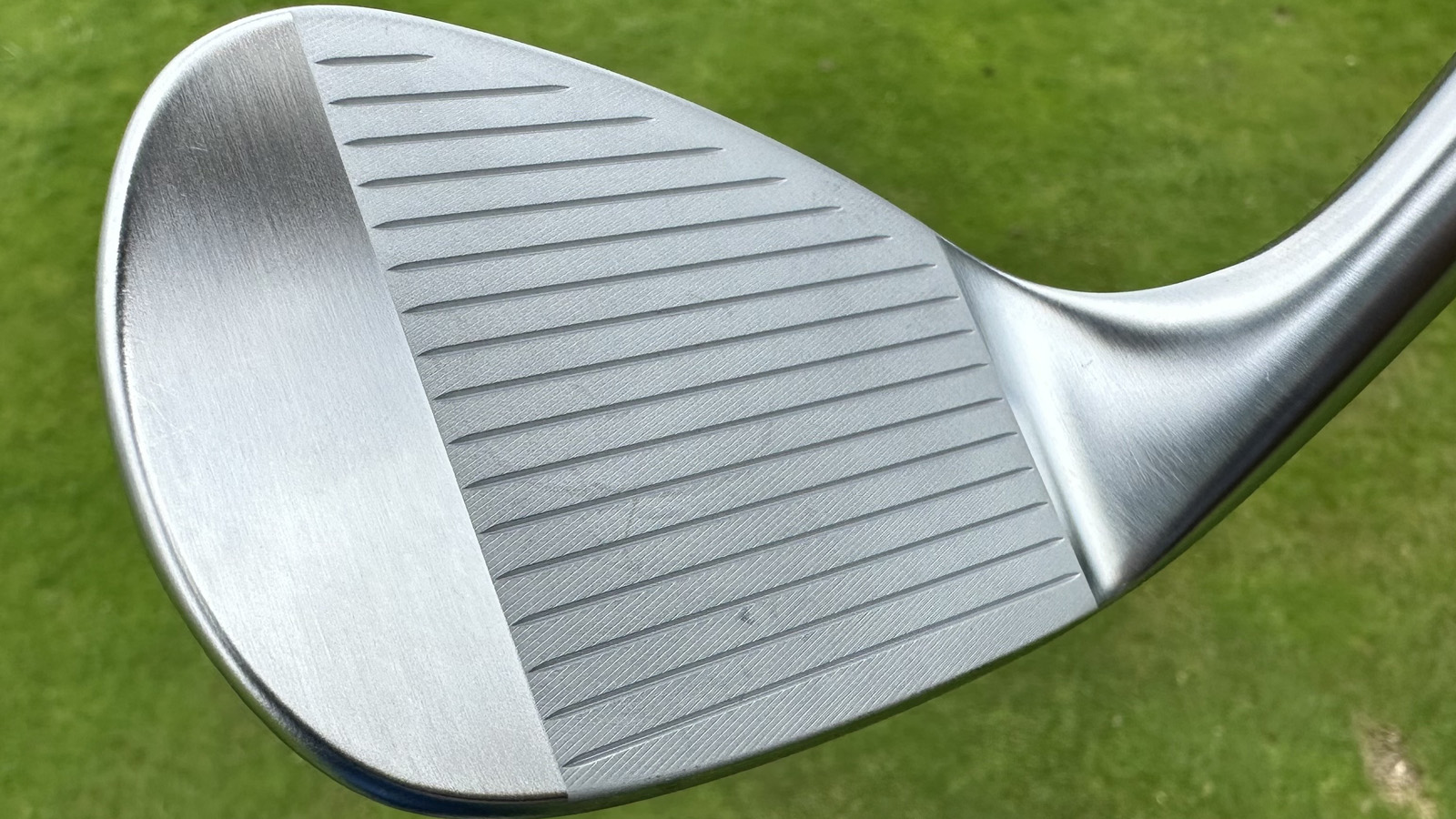
The Opus Platinum wedges certainly feel a little more solid and crisp through impact compared to the standard Opus wedges and I feel as though they were a little more forgiving. Not anywhere near as forgiving as the most forgiving wedges on the market but relatively forgiving in comparison to other compact design wedges.
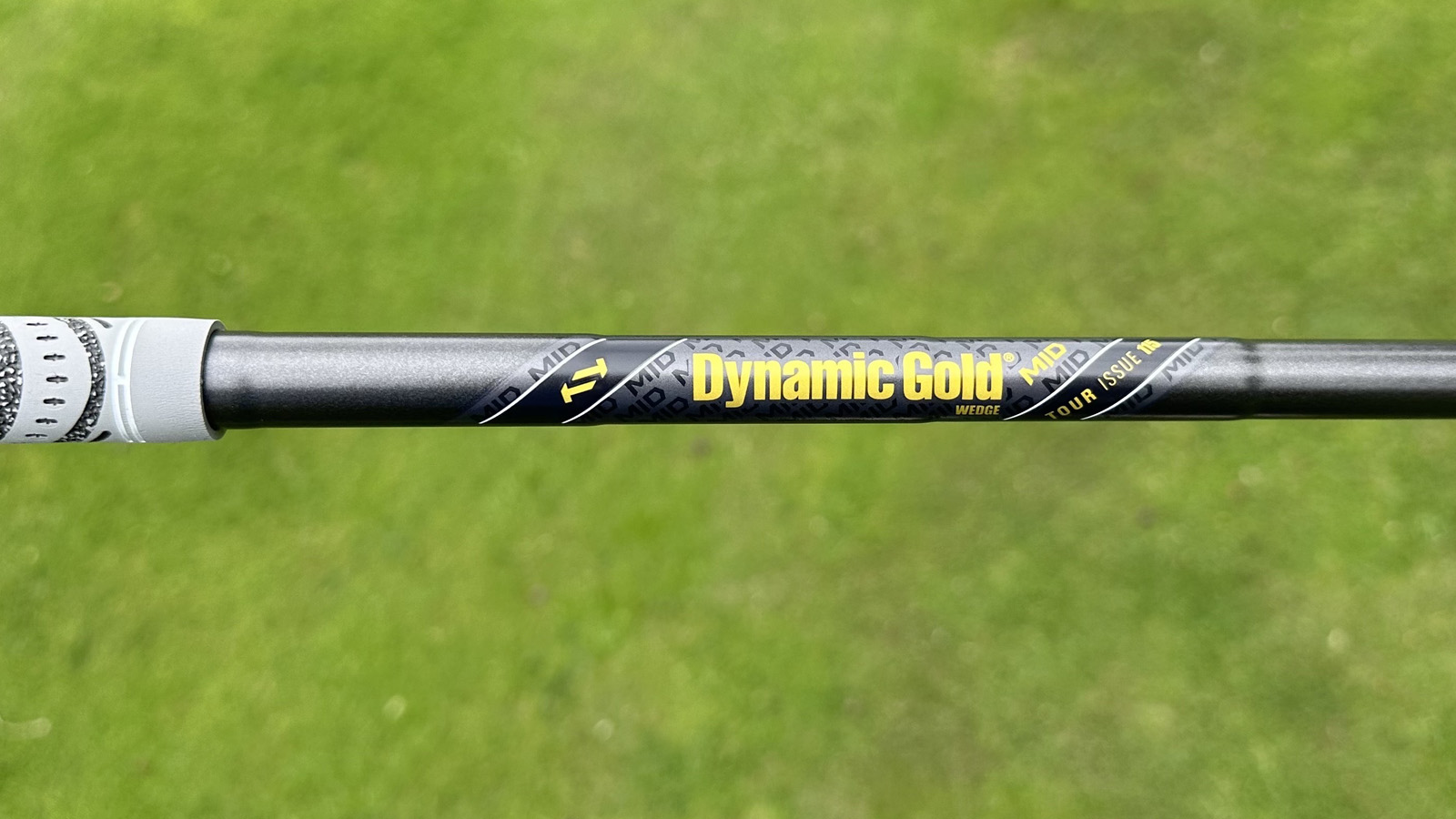
Despite really loving the upgraded aesthetics of the Opus Platinum wedges which are fitted with a blacked-out dynamic golf shaft and Golf Pride MCC, performance wise, I would struggle to justify the $229/£229 price tag when the standard Opus wedges retail at just $179/£179. Both are brilliant looking and performing wedges but for me, I would like to see a significant difference in performance if I was to splash the extra cash for the Opus Platinum model.







